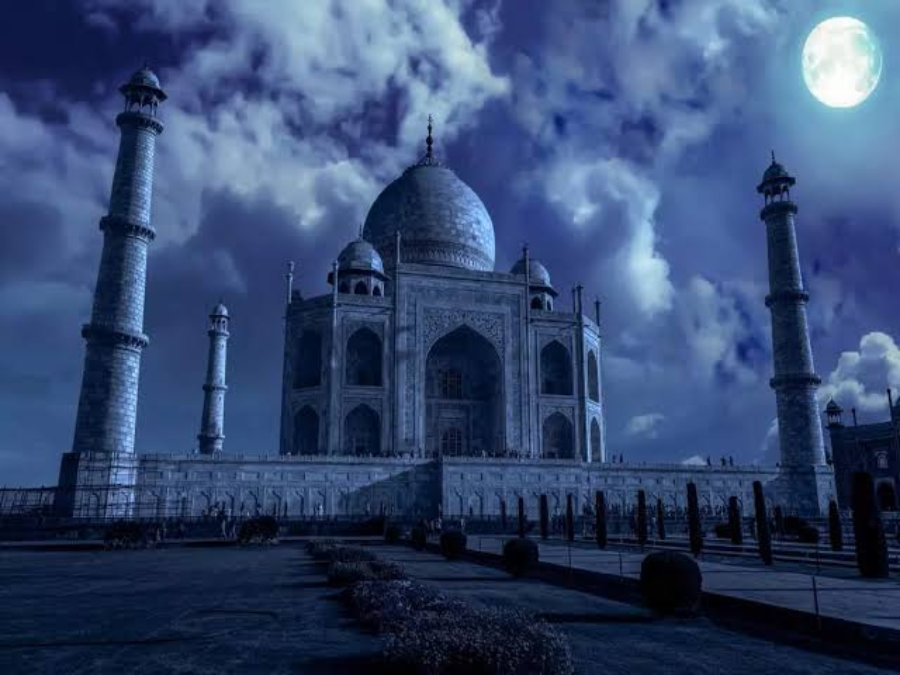

In terms of all Indo-Islamic architecture, the Taj Mahal is regarded as the pinnacle of architectural achievement. Its well-known architectural beauty is characterized by a rhythmic interplay of light shadow, concave and convex shapes, and solids and voids.
Additional aesthetically pleasing features include arches and domes.

As "the jewel of Muslim art in India and one of the universally admired masterpieces of the world's heritage," the Taj Mahal was named a UNESCO World Heritage Site in 1983. It is recognized by many as the pinnacle of Mughal architecture and a representation of India's illustrious past.
Not many people are aware that the best place to take in the Taj Mahal's splendor is outside of the main complex. See his monument to love across the Yamuna River in the emperor's private garden.
3 special features of the Taj Mahal:
# It was constructed using white marble.
# It has a rectangular base having minarets on all four corners.
# The gates have arches.
# It has a big dome with lotus motif on its top.
The walls are adorned with carvings of verses from the Quran.It has a variety of beautiful floral patterns.
One of the most famous examples of Islamic architecture ever constructed is the Taj Mahal. With the exception of the South, the Mughal Empire ruled over most of India at the time it was constructed.
Mughal monarch Shah Jahan ascended to the throne circa 1628. Historians claim that Shah Jahan's passion for construction and architecture earned him the moniker "The Builder Of Marvels." The Taj Mahal, often known as the "Jewel of the palace," was constructed for Mumtaz Mahal, Shah Jahan's third wife.
After giving birth to their fourteenth child, she fell unwell. She begged Shah Jahan to create the most exquisite mausoleum ever constructed just before she passed away. June 17, 1631 was her death date. Shah Jahan became ill in 1657.
It is thought that the Taj Mahal complex was finished in its entirety in 1653, for a cost estimated to have been over ₹32 million. This translates to about ₹35 billion (US$498 million) in 2023.Under the direction of a board of architects headed by Ustad Ahmad Lahori, the emperor's court architect, the construction project employed some 20,000 craftspeople.
The Taj uses a variety of iconography to convey both divinity and the beauty of nature.
Shah Jahan encouraged the use of white marble with semi-precious stone inlay, although red sandstone was the primary building material used in older Mughal structures. Under his patronage, buildings attained unprecedented heights of sophistication.
The Taj Mahal is referred to as rauza-i munawwara (Perso-Arabic: روضه منواره, rawdah-i munawwarah), which means the illuminated or distinguished tomb, in Abdul Hamid Lahori's 1636 novel Padshahnama.[9] The phrases "tāj mahall," which mean "crown" (tāj) and "palace" (mahall), are Urdu in origin and are said to have originated from Arabic and Persian.
The distortion of the second syllable of "Mumtaz" gave rise to the name "Taj".
Tajmahal is not oly semple of love it also the hard work of the human.
